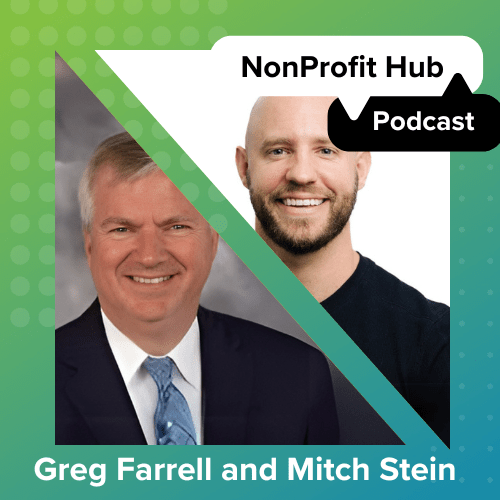In many cases, nonprofit marketing involves reaching out, attaining new sponsors and fresh attention. With the help of the Internet and social media, businesses now have an endless number of ways to market to other audiences. While this is a vital part in the process of developing your nonprofit, it’s important to build a solid foundation upon your organization’s loyal donors. You can’t operate without them.
Setting up long-term relationships with supporters paves the way for honest and authentic engagement. It’s a lot like the relationship you form with a close friend. In many ways, their connections become your connections. With a strong web of loyal donors, you can reach out to their networks without spreading yourself too thin.
Here are a few of our own tips on solidifying your current donor relationships and how to get the most out of them.
Add a Personal Touch
When connecting with donors, it truly is the thought that counts. Your personal touch can go a long way when expressing gratitude. This can be carried out through personal phone calls or handwritten thank-you notes. This task may prove to be more daunting for some nonprofits than others depending on the number of donors you have, so it’s important to prioritize.
But don’t forget about individuals at lower giving levels. Saying thanks to smaller-scale donors can build the basis for a long-term relationship that may prompt them to give greater amounts in the future. In any case, personal communication is an important tool at your disposal when giving and receiving support.
Have a Conversation
Social media is top-notch for two-way communication with your donors. It’s free and far-reaching, but more importantly, it opens up an accessible channel of communication between you and your donors.
These are some things to keep in mind when you’re connecting with donors via social media:
- Keep track of feedback. Social media can offer you a large supply of donor feedback—so make use of it! Don’t feel like you have to reply to everything, but if the post calls for a response, make sure to follow up. This can present the opportunity for you to ask questions and let your donors know that they’re being heard.
- Do a search. Just because donors aren’t talking to you doesn’t mean they aren’t talking about you. Searching your organization on social media sites can show posts that mention your name or have your office’s location pinned, but don’t explicitly tag your username or show up in a notification. Doing this can help you communicate with people that you might otherwise be missing.
Sustaining your social media presence allows you to have a continuous conversation with donors. Answering questions and listening to their suggestions lets them know that you value their role. As those conversations continue, donors can become more engaged and willing to offer their feedback.
Honesty is the Best Policy
It’s always a good idea to keep donors in the loop. They’re invested in your organization, so they deserve to be informed about its comings and goings. More often than not, your news will be good news. But when you hit a bump in the road, it’s necessary for you to maintain authenticity. Be honest about your mistakes. Loyal donors won’t expect you to be perfect. Admitting your faults is difficult, but trying to cover them up will only result in more difficulties for the future.
____________________
It’s important to keep in mind that donations are a secondary priority to donor relationships. Donors that are invested in your organization have more to offer in the long run. With mutual commitment and support, you can sustain donor relationships that are sure to stick around.






